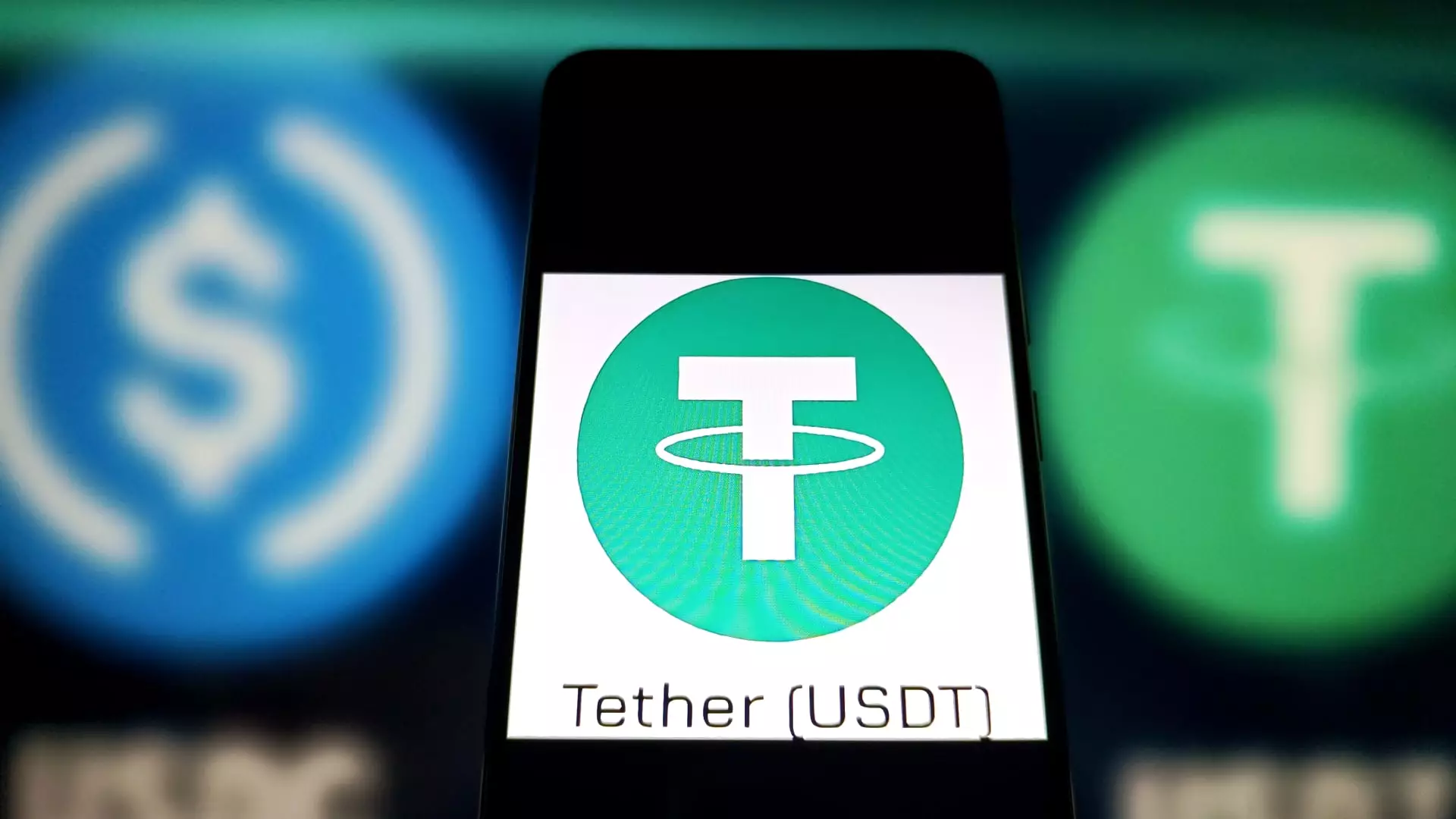In a pivotal move that could reshape the global cryptocurrency landscape, Hong Kong has recently passed a comprehensive stablecoin bill. This legislation aims to bolster its regulatory framework for digital assets, marking an important evolution in how governments approach digital finance. Unlike the notorious volatility of cryptocurrencies such as Bitcoin, stablecoins maintain a consistent value tied to fiat currencies or commodities, offering a semblance of reliability in a notoriously unpredictable market.
Hong Kong’s initiative—focused explicitly on fiat-referenced stablecoins—requires issuers to secure a license from the Hong Kong Monetary Authority (HKMA). This oversight not only emphasizes the necessity for stringent management of asset reserves but also mandates the segregation of client assets, which is vital for maintaining consumer trust. Such requirements reflect a growing awareness among lawmakers of the delicate balance between fostering innovation and ensuring financial stability, underscoring Hong Kong’s ambition to lead in compliant digital finance.
The Regulatory Framework: A Step Towards Stability
The HKMA has expressed its intention to enhance Hong Kong’s existing regulatory framework for virtual asset activities, thereby fostering an environment conducive to both regulatory compliance and financial innovation. Notably, the new stablecoin policy is expected to take effect within this year, allowing sufficient time for industry participants to familiarize themselves with the new requirements. This proactive approach signals not only a commitment to regulation but also a determination to encourage a secure digital ecosystem.
This regulatory evolution is particularly crucial when considering the recent surge in global interest in stablecoins. With the total market capitalization soaring to approximately $232 billion, as reported by blockchain intelligence firm Chainalysis, it is evident that stablecoins are increasingly recognized as the backbone of a sophisticated crypto ecosystem. Their ability to facilitate rapid transactions—especially in cross-border payments—positions them as a transformative utility that could solve problems inherent in traditional finance.
Setting a Global Standard
Experts within the sector have lauded Hong Kong’s new regulations as a potential global benchmark. YeFeng Gong, the risk and strategy director at HashKey OTC, stated that the policy mandates full reserve backing and strict redemption guarantees, which ensures institutional-grade reliability for traders. This mirrors an overarching trend where various jurisdictions—such as the European Union, Singapore, and Japan—are introducing their own regulatory frameworks for stablecoins.
The urgency for regulation is palpable. With the U.S. Senate recently moving forward with the GENIUS Act, which aims to create a robust framework for stablecoin issuers, the international landscape seems poised for transformation. Chengyi Ong, head of Asia-Pacific policy at Chainalysis, highlights that these regulations are not merely bureaucratic measures; they are essential for legitimizing and promoting broader crypto adoption.
The Future of Stablecoins in a Regulated Environment
What remains clear is that the push for stablecoin regulation is not just beneficial—it is imperative for fostering a stable financial environment that can coexist with traditional monetary systems. The assurance provided by transparent regulations will likely reduce the hesitance of financial institutions and retail investors alike to engage with these digital assets.
Moreover, the potential for stablecoins to bridge gaps in traditional finance—improving speed and efficiency in transactions—cannot be overstated. As more governments embrace this technology, the likelihood of achieving interoperability between digital and conventional currencies increases, opening avenues for innovation that have yet to be explored.
As countries around the globe grapple with the best ways to regulate this burgeoning financial frontier, Hong Kong’s decisive action could serve as a blueprint. By prioritizing reliable digital finance mechanisms, they are not only enhancing their own economic prospects but potentially paving the way for a more connected global financial system that thrives on the stability that stablecoins can provide. Through thoughtful, robust regulatory measures, stability and innovation can go hand-in-hand in this dynamic and rapidly evolving sector.


Leave a Reply